
13 B2B Content Marketing Agencies and Services to Generate Revenue in 2024
These B2B content marketing agencies can create strategies and content that generates serious revenue for your business.
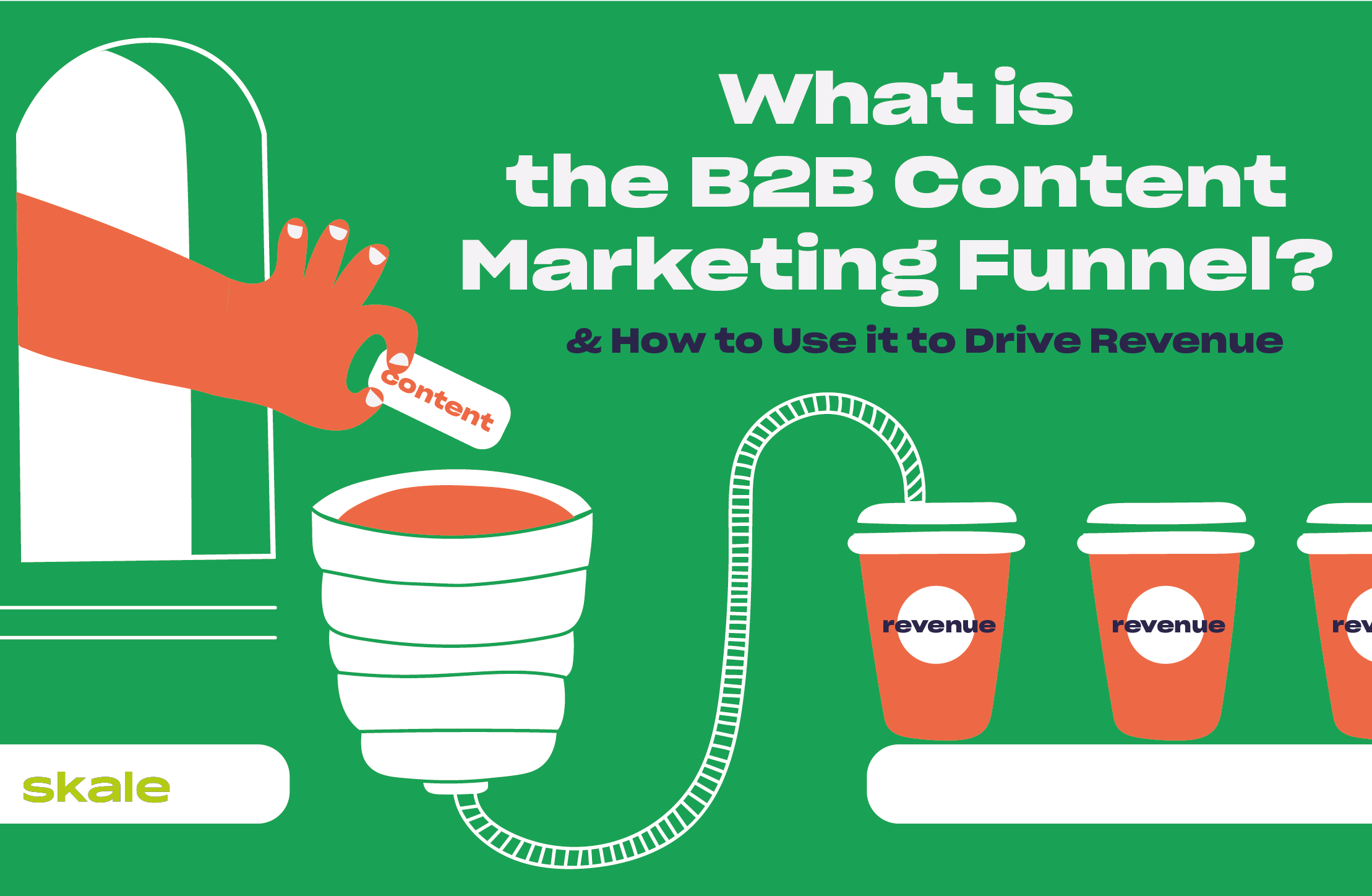
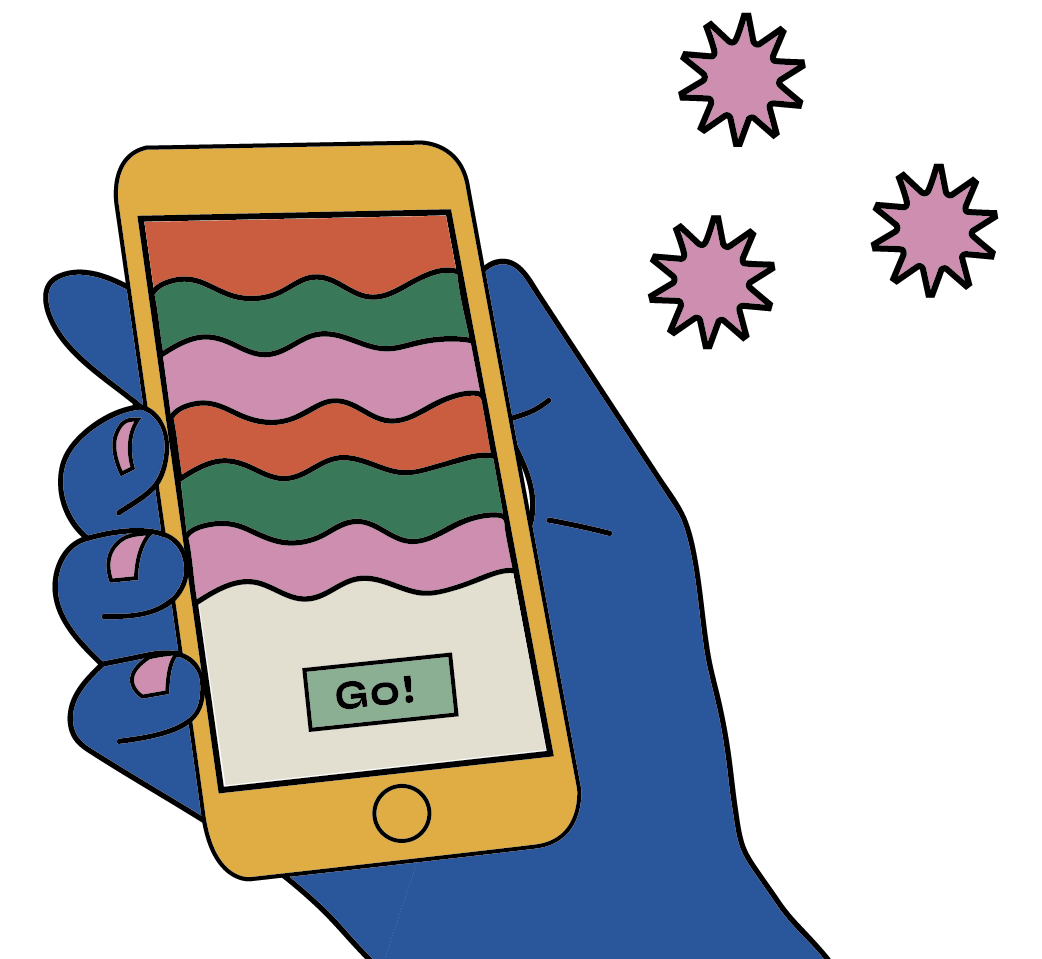
Skale’s team will research, strategize and report on every aspect of your SEO content and website health.
Schedule a callIn the world of B2B marketing, understanding the customer journey is crucial for driving leads and conversions–and revenue. And that’s where the B2B content marketing funnel comes in.
The B2B content marketing funnel is a powerful framework that allows businesses to strategically guide potential customers from the first spark of awareness all the way to confidently making that purchasing leap. It’s like a strategic roadmap to conquer the hearts and minds of your prospects and turn them into raving fans!
Let’s explore the benefits of using the B2B marketing funnel in your content strategy and give you a step-by-step on how to create content that drives leads and revenue.
Using the B2B marketing funnel in your content strategy offers numerous benefits that can have a significant impact on your business’s success.
Let’s dive into some of these benefits:
By creating content for each stage of the funnel, you can attract organic traffic from search engines and social media. As users progress through the funnel, they become more engaged and interested in your offerings. This organic traffic not only reduces your dependency on paid advertisements but also increases the chances of driving quality leads.
As you can see in the image below, it’s organic search traffic the one that will get you a higher CTR compared to PPC ads. For SaaS and B2B businesses, PPC can mean a lot of wasted budget since most people will be aiming for high-traffic keywords––the ones that are usually not meaningful for B2B or SaaS businesses. So, the best way to go forward is through organic traffic and that means high-quality content marketing.
Source
Businesses that have a blog (and put in the work to keep it updated!) have 67% more sale leads than those that don’t have one.
Through the B2B content marketing funnel, you have the opportunity to establish your brand as a thought leader and industry authority. By consistently delivering valuable content that educates and solves the audience’s pain points, you build trust and credibility. This, in turn, leads to increased brand awareness and positions your business as the go-to resource in your niche.
It’s important to understand that when users look for something online, whether it is looking to understand their pain points, or already searching for a solution, they are in an active state. In this active state, they will be much more open to hearing out what brands have to say. This is different from usual outbound marketing where users get sent marketing resources when they’re not really looking for them. Seizing this receptivity of an active searcher/user with thought leadership content is the best way to position your brand as an expert in the subject, one user will most likely trust and even look up to when deciding on a solution.
The B2B content marketing funnel focuses on building relationships and nurturing leads over time. By providing value at each stage of the funnel, you can create a lasting impact on potential customers. This long-term approach results in a higher lifetime value of customers and sustainable business growth.
Frederick Reichheld, the inventor of the net promoter score, of Bain & Company found out that increasing customer retention rates by 5% increases profits by 25% to 95%. And truth is, a solid and effective B2B content marketing strategy will increase your customer retention.
Why?
Well, because once a customer has started using your product or service and is experiencing success, it’s crucial to ensure that they feel acknowledged and valued––not forgotten. To maintain their interest, you should provide them with a variety of content that caters to different stages of their buying journey––a.k.a. the B2B content marketing funnel. By employing retention marketing techniques and strategies, you can leverage content to boost customer retention rates.
It’s important to note that just because someone becomes a customer doesn’t mean they only want to consume whitepapers and case studies. Ideally, you want your customers to be actively engaged with your content and have even subscribed to your newsletter, which should offer a diverse range of resources for them. Additionally, you can enhance customer engagement by implementing targeted initiatives on various social media platforms.
By incorporating and fully understanding the B2B marketing funnel into your content strategy, you can leverage these benefits to drive leads, conversions, and ultimately business growth.
The B2B content marketing funnel consists of four stages, each representing a different mindset and action of the consumer. Understanding these stages and their corresponding actions is crucial for creating effective content that guides users through the funnel.
Let’s explore each stage in more detail:
At the awareness stage, users are looking for information. They have identified a problem or a need and are seeking answers. Their mindset is focused on understanding the issue and exploring possible solutions.
As a business, your goal at this stage is to attract the attention of these users and provide them with valuable content that educates and creates awareness about your product or service. This can be achieved through blog posts, social media content, infographics, and videos that address the pain points and challenges your target audience faces.
In this stage brand awareness is key. You want to be at the top of results and have potential customers read your brand’s name everywhere they go––you achieve this through link building strategies.
Once users have gained awareness and a better understanding of their problem, they move into the interest and evaluation stage. Here, they are actively looking to solve their problem and are considering various options available to them. Their mindset is centered around finding the best solution that meets their specific needs.
As a business, your content at this stage should focus on providing in-depth information about your product or service, showcasing its features and benefits, and offering evidence of its effectiveness. Case studies, whitepapers, webinars, and product comparison guides are effective content formats to engage users and help them evaluate your offering.
In this stage, you’ll need to showcase your expertise and experience in the topics they’re looking for so they can trust the solution you’re providing.
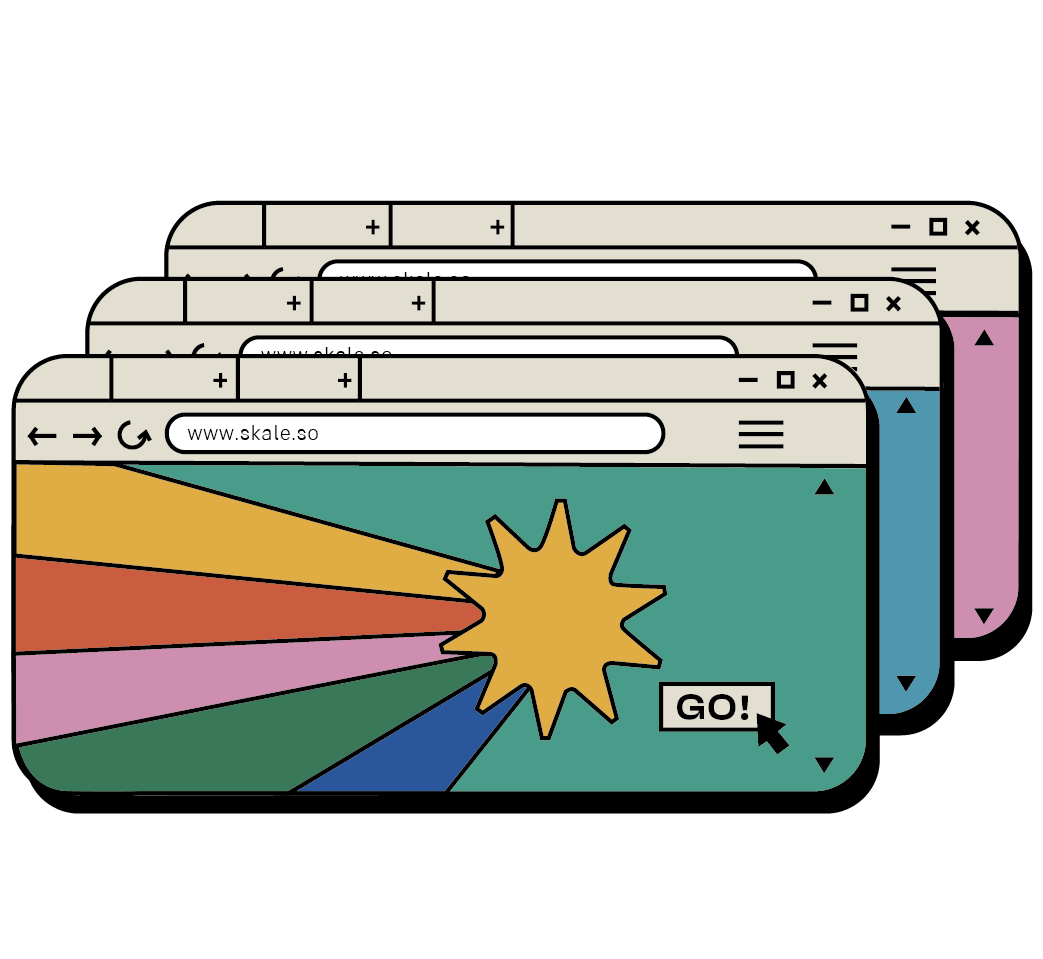
We took a deep dive into 7 inspiring examples of interactive B2B content- so yours can be even better.
Read the listIn the purchase stage, users have moved beyond evaluation and are ready to make a buying decision. Their mindset is focused on finalizing the best solution and taking action.
Your content at this stage should be geared towards providing the necessary information to help users make a confident purchasing decision. Product demos, free trials, detailed pricing information, and testimonials from satisfied customers can be effective content elements to influence users at this stage.
The goal at this stage is to showcase your product or service as the ideal solution and address any remaining concerns or doubts they may have.
The B2B content marketing funnel doesn’t end with the purchase. Retaining customers and encouraging repeat business and referrals is essential for long-term success. At the retention stage, your focus shifts to nurturing existing customers and turning them into loyal advocates.
Content that emphasizes customer success stories, ongoing support, exclusive offers, troubleshooting content, and other valuable resources can help foster customer loyalty and encourage repeat business. By maintaining engagement and delivering exceptional value even after the purchase, you can maximize customer satisfaction and generate referrals.
By understanding the mindset of the consumer at each stage of the B2B content marketing funnel and aligning your content accordingly you’ll effectively guide users through the funnel, driving conversions, and increasing the bottom line.
To effectively use the B2B content marketing funnel, it’s important to understand what content is most suitable for each stage and how it aligns with the user’s mindset. Let’s explore the content types and their purposes at each stage of the funnel:
To apply the B2B content marketing funnel effectively, consider the following tips:
By implementing these strategies, you can create content that effectively guides users through the B2B content marketing funnel, increasing the likelihood of conversion, driving leads, and increasing revenue and retention for your business.
To maximize the effectiveness of the B2B content marketing funnel, it’s crucial to tie it all together with internal linking and strong calls to action––a thorough, integral, and effective SaaS content strategy. These elements ensure a seamless user experience and provide clear pathways for users to progress through the funnel.
Internal linking: Incorporate relevant links within your content that lead users from one stage of the funnel to the next. For example, within a TOFU blog post, include links to related MOFU content that offers more in-depth information. This helps users navigate through the funnel and discover the content most relevant to their needs.
Strong calls to action (CTAs): Place compelling CTAs strategically throughout your content to prompt users to take the desired action. Whether it’s subscribing to a newsletter, requesting a demo, or making a purchase, well-crafted CTAs guide users toward conversion. Use clear language, create a sense of urgency, and emphasize the value users will gain by taking the desired action––always place the user at the center of your strategy.
By implementing internal linking and strong CTAs, you can effectively nurture users through each stage of the B2B content marketing funnel, increasing the chances of converting leads into customers.
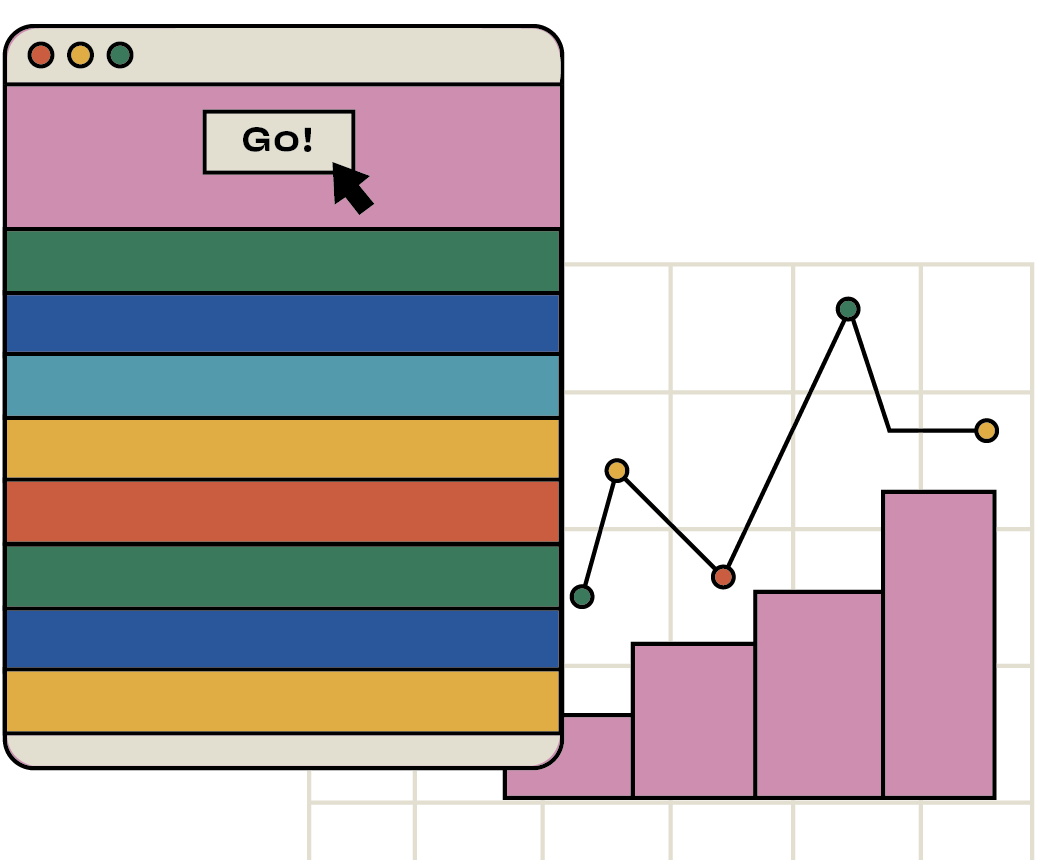
Save time and energy when you partner with an experienced content marketing agency- we’ve listed your top 15 options.
See the listThe B2B content marketing funnel is a framework that guides businesses in creating content tailored to each stage of the buyer’s journey. It consists of four stages: awareness, interest & evaluation, purchase, and retention & loyalty. By aligning content with the user’s mindset at each stage, businesses can attract, engage, and convert potential customers.
The content marketing funnel offers several benefits. It helps businesses attract organic traffic, establish brand awareness and authority, and achieve long-term results. By creating content that addresses the user’s needs and pain points at each stage, businesses can nurture leads and drive conversions effectively.
To create content that converts, it’s important to understand your target audience’s pain points and motivations. Develop a strong user persona and tailor your content to address their specific needs. Use the B2B content marketing funnel as a guide and create content that aligns with each stage. Incorporate internal linking and strong calls to action to guide users through the funnel and prompt them to take the desired action.
Learn more about
B2B CONTENT MARKETING

13 B2B Content Marketing Agencies and Services to Generate Revenue in 2024
These B2B content marketing agencies can create strategies and content that generates serious revenue for your business.
![Ignite Engagement: 9 B2B Content Marketing Ideas [with Expert Insights]](https://skale.so/wp-content/uploads/2024/01/Skale-december-4-360x230.png)
Ignite Engagement: 9 B2B Content Marketing Ideas [with Expert Insights]
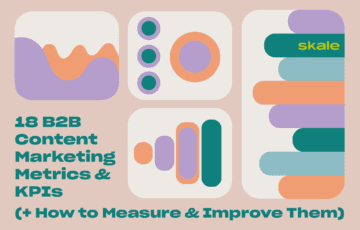
18 B2B Content Marketing Metrics & KPIs (+ How to Measure & Improve Them)
We look at which B2B content marketing metrics you should measure, how to measure them, and what to do when you need to improve your content strategy.